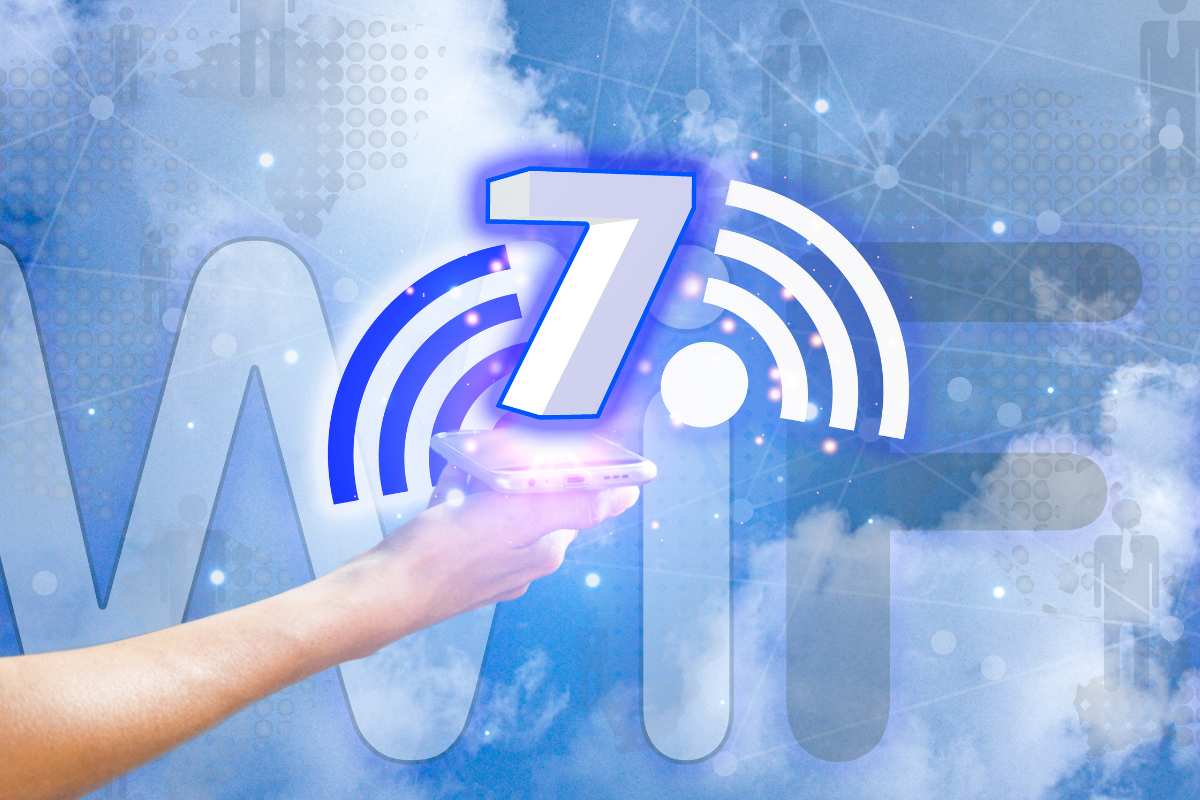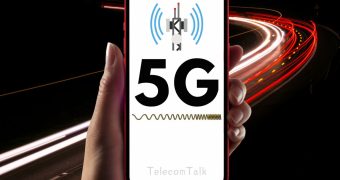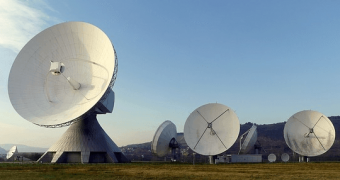
Wi-Fi 7 is expected to launch somewhere in the first half of 2024. It will be the latest connectivity standard after Wi-Fi 6E. While the official launch of the new standard is awaited, you can still purchase Wi-Fi 7 routers and other devices. There are many smartphones in the market now that support Wi-Fi 7 connectivity. But what is exactly Wi-Fi 7 and should you care for it?
Read More - Why Does Wi-Fi Automatically Disconnect, and How Can It Be Fixed
Wi-Fi 7
Wi-Fi 7 is a new connectivity standard that routers support after Wi-Fi 6E. It still operates in the 2.4 GHz, 5 GHz, and 6 GHz bands like the Wi-Fi 6E. However, it is much better. Here's how.
Wi-Fi 7 doubles the channel size from 160 MHz in Wi-Fi 6E to 320 MHz. This means that more data can flow through, enabling much faster speeds. On TP-Link's website, it is mentioned that Wi-Fi 6E's max data rate is 9.6 Gbps while for Wi-Fi 7, it is 46 Gbps, a major difference.
But is it something you have to care about? Because, well, Wi-Fi 6E is good enough right? Regardless, there's something about Wi-Fi 7 that makes it an appealing technology, and it is not speed, but reliability.
Read M0re - Multiple Reasons why Your Broadband Wi-Fi is Slowing Down
Wi-Fi 7 is Better to Connect More Devices
Wi-Fi 7 routers will be the best if you have smart home devices that support it. This is because it can sort through interference by cramming extra data into a carrier wave, using the OFDMA technique. It stands for 'orthogonal frequency division multiple access', and allows one transmission to deliver data to multiple devices at once.
Wi-Fi 6E uses this technology too, but there's a little more interference with it which can restrict its ability to provide as seamless a connection as Wi-Fi 7.
Wi-Fi 7 would be better in a lot of other ways as well. It will not only offer faster speeds, but also lower latencies. You can think of Wi-Fi 7 as improving on what Wi-Fi 6E lacks. It isn't all just about the speed, but also about the seamless connectivity experience that you get with your Wi-Fi router.















